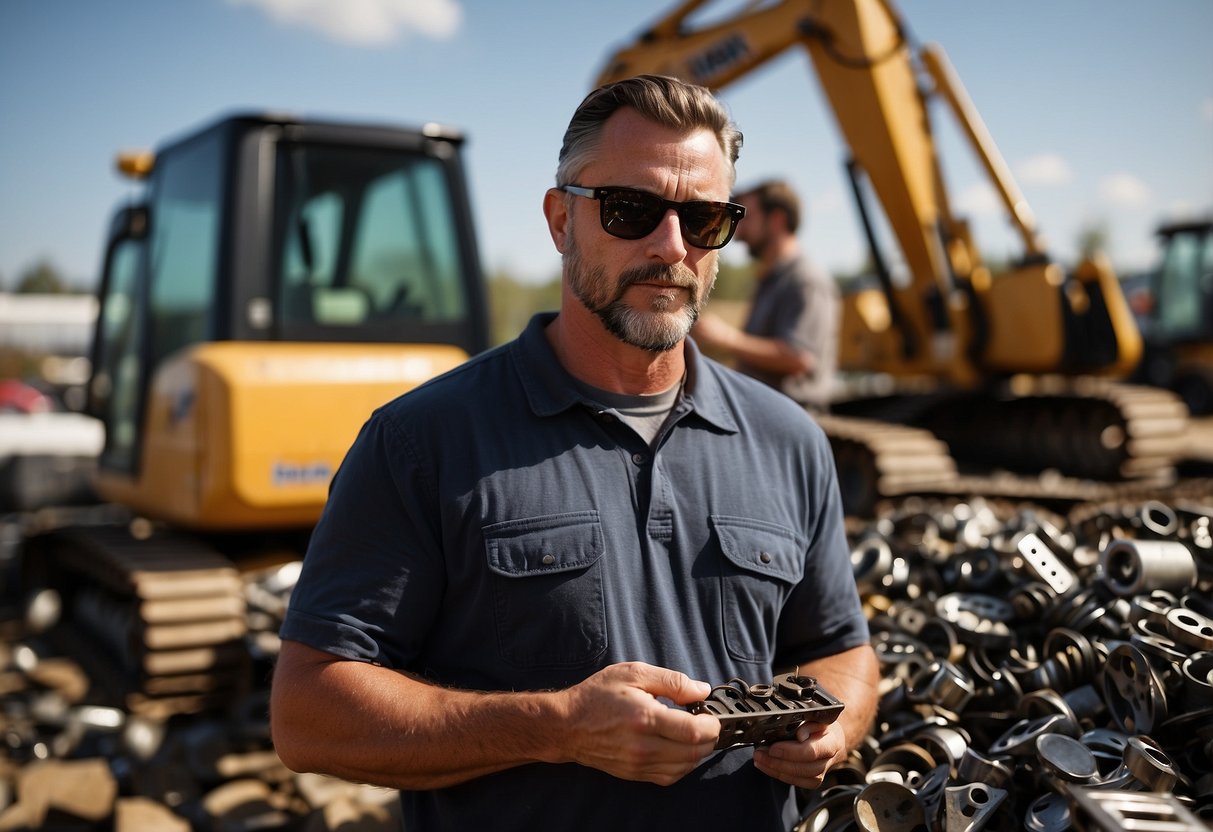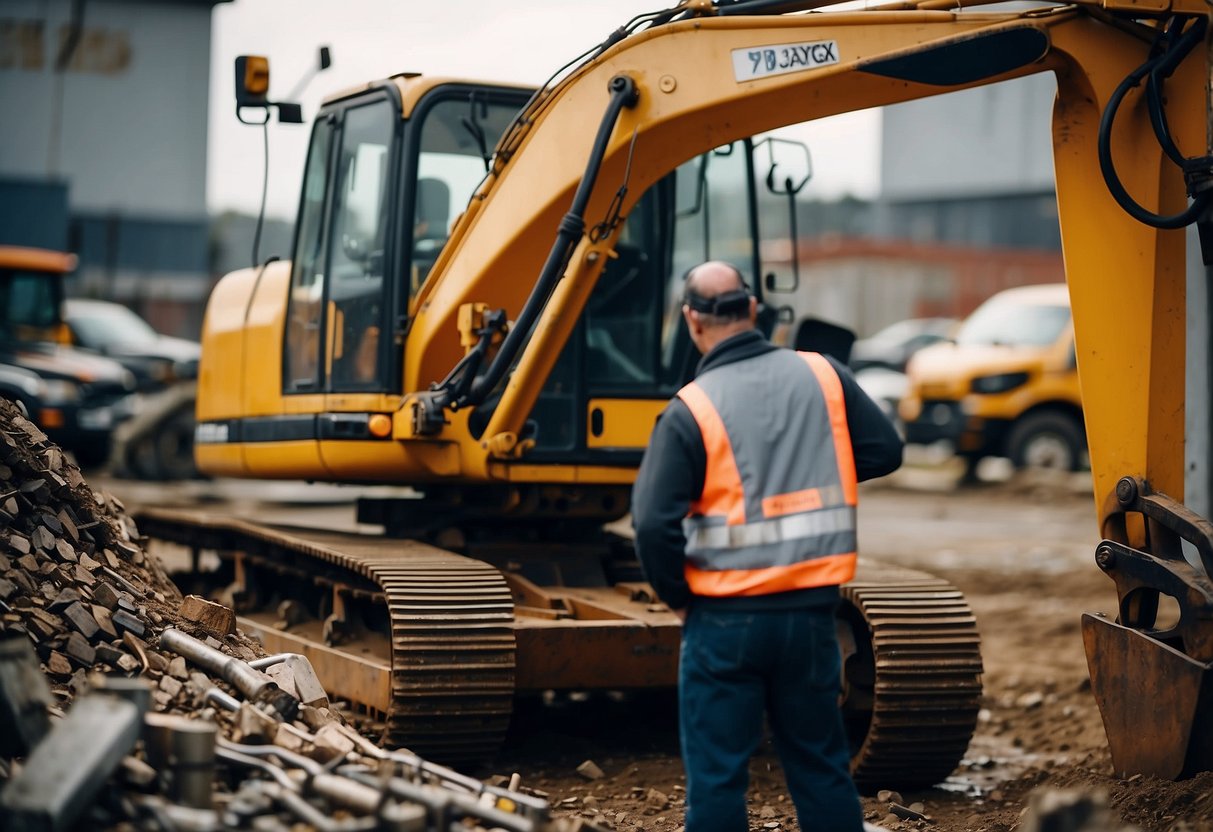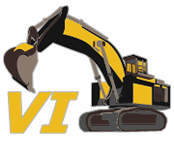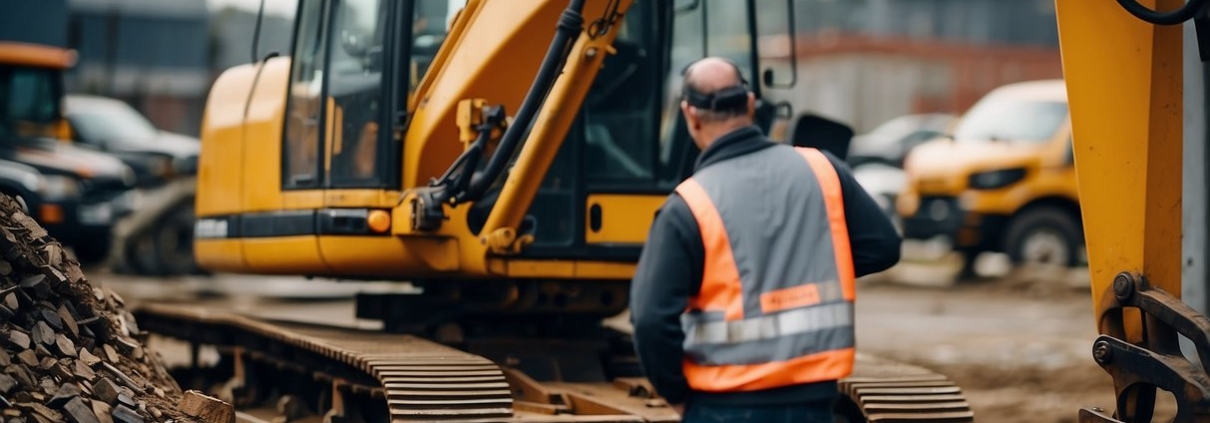Tips for Buying Used Excavator Parts
Tips for Buying Used Excavator Parts: Ensuring Quality and Value
Buying used excavator parts can save money and extend the life of your equipment. Smart buyers know to check for wear, damage, and proper function before making a purchase. Inspecting key components like buckets, hydraulics, and tracks helps ensure you get reliable parts that will perform well.

Used parts often cost much less than new ones, making them an attractive option for budget-conscious operators. But it’s important to carefully evaluate used excavator parts to avoid getting stuck with faulty components. Looking for signs of excessive wear, cracks, leaks, and prior repairs can reveal potential issues.
Asking about a part’s history and hours of use provides valuable insight. Reputable sellers should be able to provide details on where parts came from and how they were used. Comparing prices across multiple sources helps buyers find the best deals on quality used excavator parts.
Evaluating Excavator Condition and History

A thorough evaluation of a used excavator’s condition and history is key to making a smart purchase. This involves careful inspection, assessing wear patterns, and reviewing maintenance records.
Inspection Best Practices
Start with a visual check of the excavator’s exterior. Look for dents, cracks, and rust on the body panels. Pay close attention to the boom, stick, and bucket for signs of damage or repairs. Check the undercarriage components, including tracks, idlers, and rollers for excessive wear.
Open the hydraulic pump compartment and check for leaks or dirty fluid. Then, inspect hoses and fittings for damage or seepage. Test all functions of the excavator to ensure smooth operation.
Examine the bucket teeth and cutting edges. Heavy wear can impact digging efficiency. Look for patches or welds that might indicate past repairs.
Understanding Wear and Tear
Normal wear varies based on the excavator’s age and usage. Check high-stress areas like pins and bushings for looseness. Inspect the slew ring for play, which can signal future issues.
Look at the tracks for uneven wear or missing pieces. Then, assess the condition of sprockets and rollers. Check for oil leaks around the final drives.
The operator’s cab can reveal a lot. Worn control pedals might suggest higher hours than the meter shows. Check seats, controls, and gauges for signs of heavy use.
Maintenance and Service Records Review
Ask for maintenance logs and service records. These documents show how well the excavator was cared for. Look for regular oil changes, filter replacements, and hydraulic system services.
Check if major components like engines or pumps have been replaced or rebuilt. This can affect the excavator’s value and future performance.
Review any warranty information that may still be valid. Some parts might have separate coverage from the main machine. Lastly, pay attention to the frequency of repairs. Repeated issues with specific systems may point to ongoing problems.
Making an Informed Purchase
Buying used excavator parts requires careful research and evaluation. Assessing replacement needs, comparing prices, and considering safety and support are key factors in making a smart purchase decision.
Research and Price Evaluation
Start by researching the specific part needed for your excavator. Check manufacturer websites, parts catalogs, and online forums for information on compatibility and typical pricing. Compare prices from multiple dealers, auctions, and online marketplaces like Ritchie Bros.
Look for parts that match your excavator’s make, model, and year. Hitachi, John Deere and Caterpillar excavators all have great reputations. Consider the part’s condition and expected lifespan. New aftermarket parts may offer good value, while used OEM parts can be cost-effective if in good shape.
Get quotes from several sellers. Then, factor in shipping costs when comparing prices. Be wary of deals that seem too good to be true, as they may indicate poor quality or counterfeit parts.
Assessing Part Replacements and Operational Efficiency
Evaluate how the replacement part will affect your excavator’s performance and efficiency. Key components like hydraulic pumps, slew rings, and engines have a big impact on operation.
Consider the hours of use on major parts like buckets, sticks, and undercarriages. Heavily worn items may need replacement soon, affecting overall value.
Ask about the part’s history and why it’s being sold. Parts from machines with low hours are often preferable. Check if the part has been refurbished or rebuilt, and assess how the new part will integrate with existing components. Mismatched or incompatible parts can reduce efficiency and cause premature wear.
Safety, Warranty, and After-Sale Support
Prioritize safety when selecting used parts. Avoid parts with visible damage or questionable repairs. Ask for maintenance records and inspection reports when available.
Check warranty terms for the part. Some used parts may still have remaining factory warranty. Others may come with short-term seller guarantees.
Consider after-sale support from the seller. Can they assist with installation or troubleshooting? Do they offer returns or exchanges if issues arise?
Ask about the seller’s reputation and read customer reviews. Established dealers often provide better support than individual sellers.
Keep all purchase documentation. This helps with future maintenance, resale, and any warranty claims.






